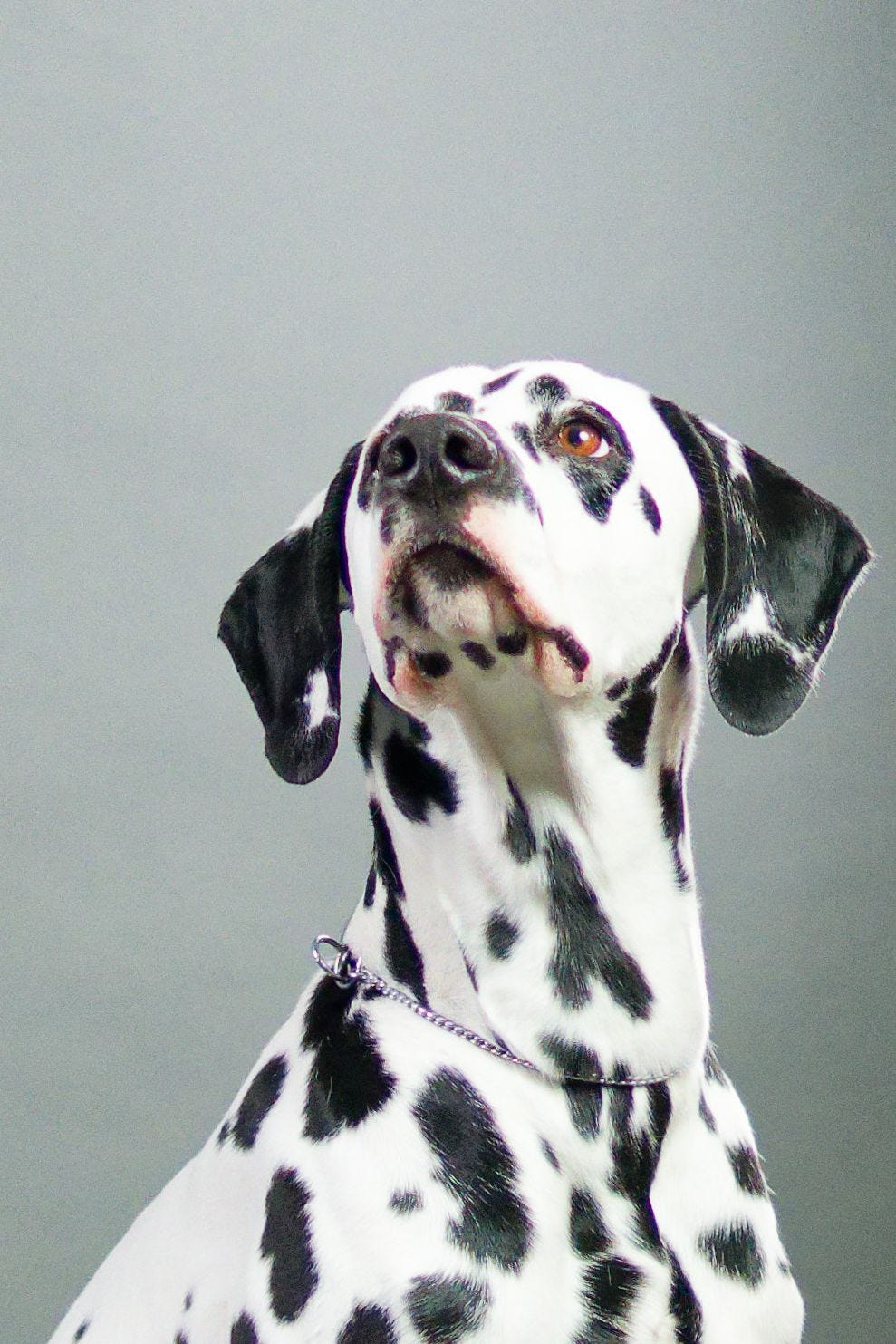Sigma 30mm F1.4 DC DN Lens Review
Is this APS-C Prime better than zoom and full-frame alternatives?
I’m finding myself shooting my Sony A6700 quite a lot compared to the camera it effectively replaced in my kit bag, the Sony RX10m3. It is my travel camera and the one I take when I’m just walking around. I’ve also started taking it along with my full-frame camera. When one of them has a prime mounted, I like to have a zoom on the other one, so I don’t miss shots that are out of the prime’s range.
I only had two native APS-C lenses for the A6700. These are the Tamron 18-300mm F/3.5-6.3 Di III-A VC VXD zoom and the Sony kit lens that came with the A6700, the tiny F/3.5/5.6 16-50mm zoom. I picked the Sigma F/1.4 30mm as the first prime lens for my A6700. It cost me $314 on Amazon.
The first thing I like to do with a new lens is walk around my neighborhood and shoot subjects that I’m familiar with. So I set the aperture to wide-open at f/1.4 and cranked up the shutter speed to get the exposure right. A wide angle shot of the Browns stadium was sharp across the board. I did notice some purple fringing on the finer details, especially against a light background. That tends to happen when you shoot wide-open, and stopping down to, say, f/4.0, usually solves the problem.
A close-up of some leaves showed very fine detail of the in-focus area and a nice transition to a completely blurred background. The bokeh was creamy and what you’d expect from shooting at f/1.4. I then shot a door surround by red bricks with glass brick inserts. This shot came out really well and compared favorably with the same shot taken with my full frame camera and the Sony 14mm lens. Unlike the 14mm lens, the shot from the Sigma 30mm did not need any correction to straighten it out. A shot of two bridges spanning the mighty Cuyahoga River came out sharp at f/5.0.
I took two close-ups of a fire-hydrant at f/8 and f/1.4. As expected, the whole subject was in focus at f/8 and only partially in focus at f/1.4. Both shots were quite pleasing for such a mundane subject. My wife rather liked a shot of the Justice Center with red foliage in the foreground. It was taken at f/4.5. Here are some of the shots in a low resolution gallery:
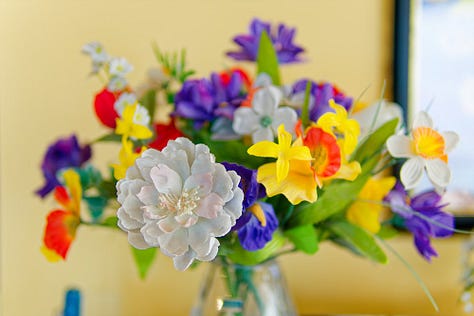

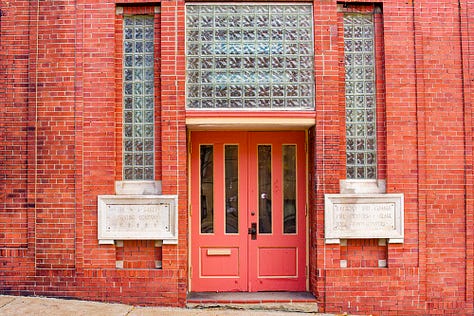

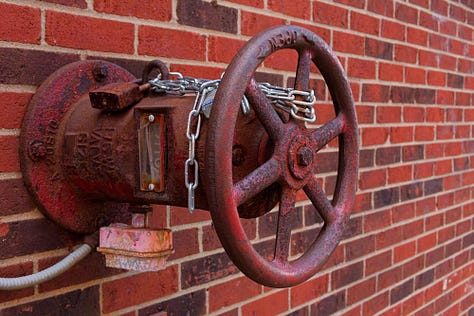

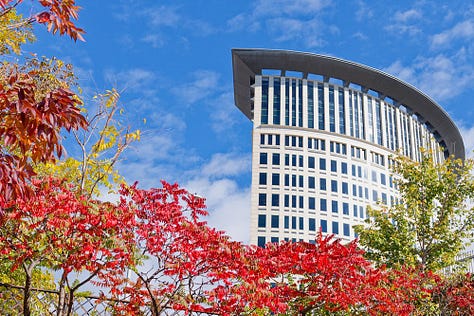
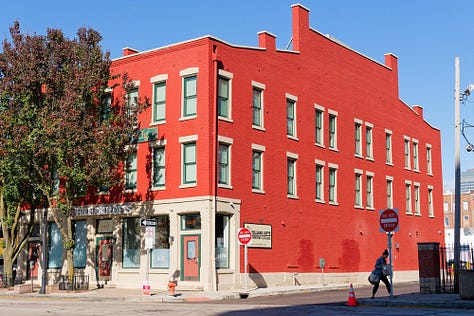
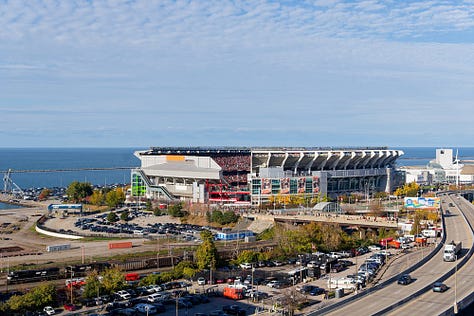
I took the Sigma 30mm mounted on my A6700 and the Sigma 24-70mm mounted on my A7CR to a workshop on shooting pets. I shot with both cameras in a studio style setting and outdoors. Our subjects were two Dalmatian show dogs; a 2 year old male and his 4 year old mother. Both camera combinations worked. I shot the 30mm at f/1.4 and the 24-70mm at f/2.8, so it was not quite apples to apples. The f/1.4 has a shallower depth of field, so less of the dog was in focus with the 30mm. Depending on the look you want to achieve, that is no bad thing. Both lenses delivered good results. The only advantage of the full frame camera is that it has 61 megapixels compared to 27megapixels on the A6700. Had I shot with a full frame camera with 24 megapixels, a common configuration, it would be difficult to choose between the images produced by both combinations. Here are a few shots taken using the Sigma 30mm:
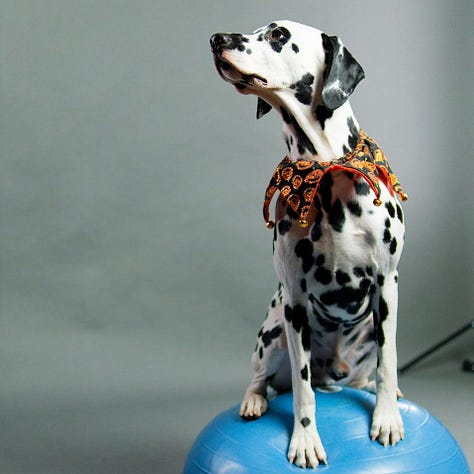
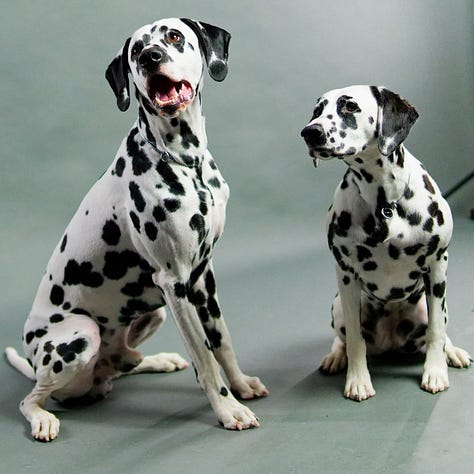
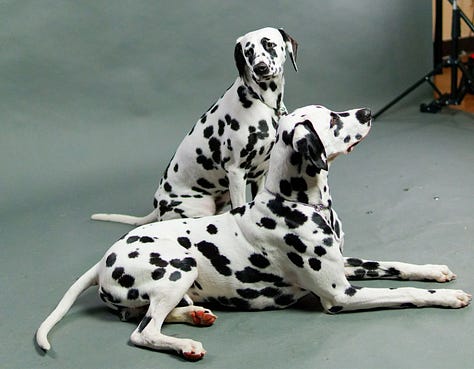

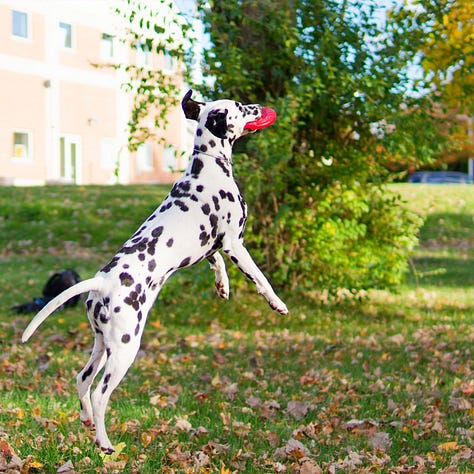
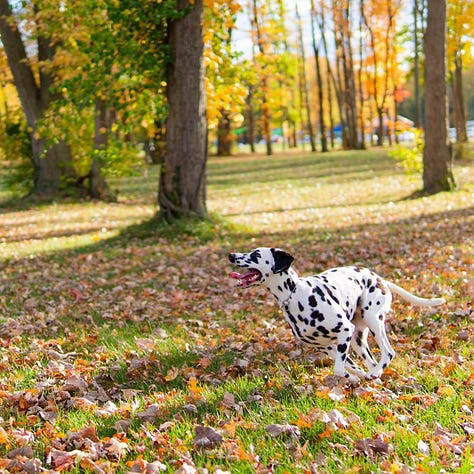
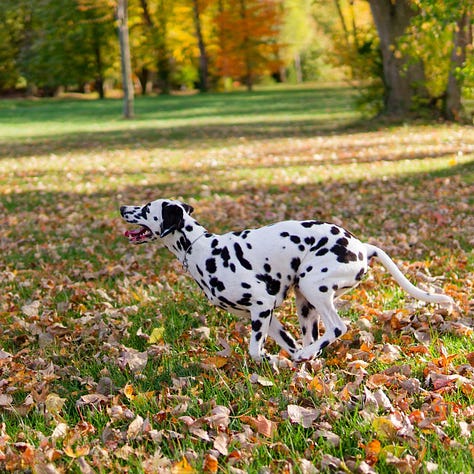

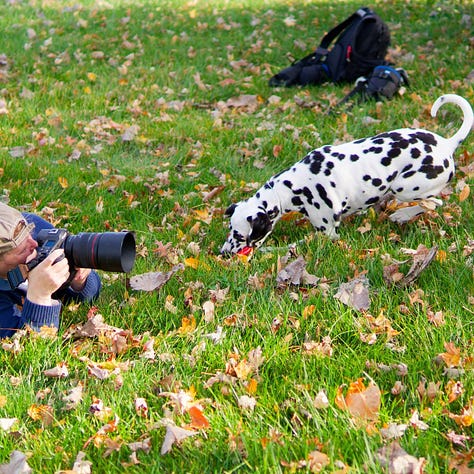
I then tested the lens on theA6700 against my other two APS-C lenses, the Sony 16-50mm and the Tamron 18-300. I threw the full frame Tamron f/2.8 35mm lens into the mix since this would be a close match for the Sigma 30mm. I chose three subjects and took shots with each of these 4 lenses. I repeated the tests using the A7CR with the Sony Zeiss 55mm, since this has a similar field of view to a 30mm lens shot in crop mode. I played around with the shutter speed to get the right exposure shooting as wide open as the lens would allow. I then looked at each image and gave it a score out of ten. They all did pretty well, but the Sigma 30mm and the Sony Zeiss 55mm stood out. The Sony kit lens, the 16-50mm, and the Tamron 35mm were the runner ups. This is my evaluation chart.
On APS-C cameras, 30mm is a very useful “normal” focal length. For travel, social events, street photography and general shooting, the Sigma 30mm is a great choice. Not many lenses are sharp at f/1.4, but the Sigma is very nice shot wide open, especially if you want your subject to stand out and the background nicely blurred.
However, if full-frame is in your future, then investing in a full-frame lens in the 28mm to 35mm range might be a better option. The Tamron 35mm is an entry level option, although it is limited to f/2.8. OTOH, with lens like the Sigma f/1.4 available on APS-C cameras with the capabilities of the A6700, why upgrade to full-frame?
To finish, here is a shot of Hunter, cropped a lot, to show how much detail the Sigma captures at f/1.4:






